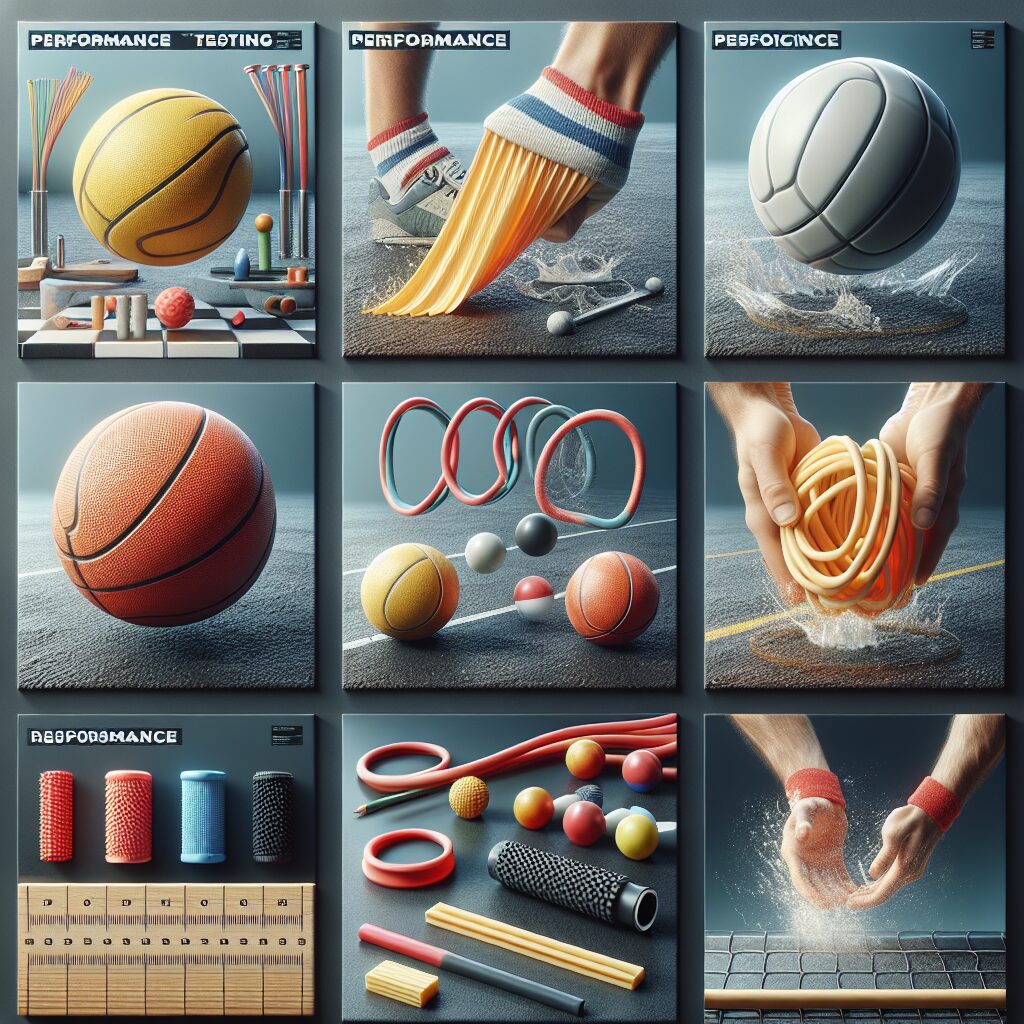Different Types of Bowling Ball Cores
Bowling ball cores have a major influence on the rolling characteristics of the ball. There are three main types: solid, particle, and hybrid. Solid bowling ball cores have a single-piece construction with no separations in the core. These cores are best for controlled and predictable hooking action on medium to dry lane conditions, as they have a lower amount of change in motion from the initial roll to the breakpoint. Particle bowling ball cores include tiny particles such as cork, rubber, and/or polymer that are mixed together to create a unique shape and size. These particles allow for increased friction between the lanes and the ball, resulting in greater energy transfer and more hook potential on heavier oil patterns. Hybrid bowling ball cores combine solid and particle core technology to provide bowlers with more versatility in their hook potential on any lane condition. The combination of both core technologies can create more length through the heads and stronger back-end reaction when it reaches the pins.
No matter which type of core you choose for your bowling ball, it’s important to know how each one will react on different lane surfaces so that you can make an informed decision about which one is best for you. Knowing your bowling style will also help you decide which core is right for you; if you tend to throw powerful shots with lots of revolutions, then a solid or hybrid core would be best suited for your playing style. On the other hand, if you prefer a smoother transition from initial roll to breakpoint, then a particle core might be more suitable for your needs.
Coverstock of a Bowling Ball
The coverstock of a bowling ball is the outer shell or coating of the ball. It is usually made of plastic, urethane, or reactive resin and provides the majority of the ball’s hook potential. The coverstock also affects how much skid a ball has as it travels down the lane and its reaction to oil. Different coverstocks are designed for different lane conditions, so having multiple balls with different coverstocks is important for bowlers looking to maximize their performance.
Plastic coverstocks are made from polyester and tend to be less aggressive than other types of coverstock. They provide a good amount of skid and have a smooth transition into the hook phase. Plastic coverstocks are typically used on dry lanes, where more friction is needed for the ball to perform properly.
Urethane coverstocks are made from polyurethane and have slightly more hook potential than plastic. Urethane balls tend to provide an angular motion on medium oil patterns and can be used on both dry and medium-oiled lanes.
Reactive resin is by far the most aggressive type of coverstock, offering excellent hook potential even on oily conditions. Reactive resin balls are great for when you need to move in deep on drier lane conditions or when you need more hook downlane in heavy oil patterns. Reactive resin balls generally come with factory finishes that create extra traction during their initial roll through the front part of the lane but then slow down as they reach the breakpoint.
No matter what type of coverstock you choose, it’s important to remember that it will affect your ball’s reaction to different lane conditions and oil patterns so be sure to find one that works best for your game.




